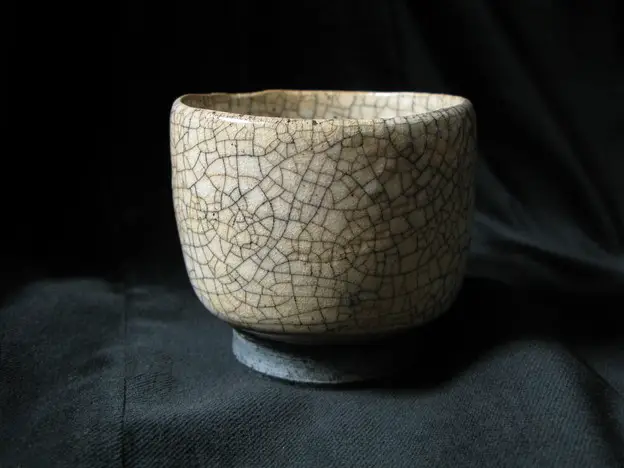Beginner artists who love to create captivating pottery work can surely experiment with textured surfaces. The best yet easiest way to create striking textures on your pottery piece is to use high-quality glazes. These glazes tend to add some extra dimension to the surface with a tactile appeal. Moreover, they also add character, depth, as well as visual intrigue to the pottery creations. But where do you start at? Let us learn all about pottery glazes for textured surfaces!
So, what are the popular textured pottery glazes used by artists? Let us decode!
Popular Textured Glaze Variants
1. Crystalline Glaze:
With crystalline glazes, pottery artists can create stunning crystal-like formations on the potteryware surface. This type of glaze needs precise firing conditions to produce a glossy and highly textured appearance.
2. Crawl Glaze:
If you tend to love the wrinkled or cracked texture, crawl glazes are a great option to experiment with. Post-firing, the results often resemble dried mud or reptilian patterns. When using these glazes, it is necessary to apply them thickly as they tend to pull apart during the firing process, which creates these unique textures.
3. Ash Glaze:
As obvious from the name itself, ash glazes tend to utilize plant or wood ash as the key ingredient. Therefore, if you are looking for high-contrast textures that are way too obvious, the ash glaze isn’t for you. However, if you are aiming for earthy, subtle textures with observable color variations, this is something that can be your go-to glazing option.
4. Lava Glaze:
Pottery artists who love to add some bubbly or speckled effects to their pottery ware can go for the lava glaze. This glaze, when fired the right way, creates a texture that looks similar to volcanic rocks.
5. Celadon Glaze:
Celadon glazes are a popular choice among artists who wish to showcase the texture beneath the glaze on the clay surface or as seen on the underglaze. Its translucent quality exhibits a crazed or crackled texture. These glazes are generally blue or pale green while offering a glossy, smooth finish.
6. Shino Glaze:
This glaze originated in Japan and can create various organic textures that are unique with each firing. In addition, they can produce different colors, such as white, rust, and orange, with tactile and soft surfaces.
So, what are some glazes in the market you can experiment with? Here are some quick suggestions!
Popular Textured Glazes
1. Amaco Celadon Textured Glaze:
The Amaco Celadon Textured Glaze is an ideal choice for pottery artists who love to experiment with translucent glazes. When fired the right way, this glaze creates a crackled or crazed texture. Amaco’s Celadon series is glossy and pools beautifully on the clay surface to create some vivid accents. Moreover, the glaze is very stable on the surface and doesn’t drip or get glued to the kiln shelf. However, when using dark clay, make sure you use the brush carefully for the application of the glaze to avoid brush strokes from appearing on the surface.
2. Coyote Gun Metal Glaze:
Backed by a rich and varied green color, the Coyote Gun Metal Glaze imparts a crackled plus speckled effect on the glaze surface. When fired from Cone 5 to 6 with a slow cooling effect, it gives off a beautiful hue. The liquid glaze is ideal for brushing on the clay surface and doesn’t drip during the application process. With each firing, the glaze can create either matte or gloss areas on the surface or a mix of both. Keep in mind that the glaze might not be ideal for certain clay bodies, so make sure you test out the glaze before applying and firing the same.
Conclusion
While you can surely create beautiful textures with rolling pins or any other materials, glazes are a great way to create subtle textures on the surface. Moreover, the final result would depend on whether or not the glaze has been fired the right way. With the ideal temperature and duration, you can achieve your favorite texture that makes your potteryware look unique. Remember, the results might not be synonymous with all your creations. However, this is the beauty of textures created via glazes. So, remember, before you invest in big pints of glazes, test-fire a small batch and check out whether it is right for your project.







